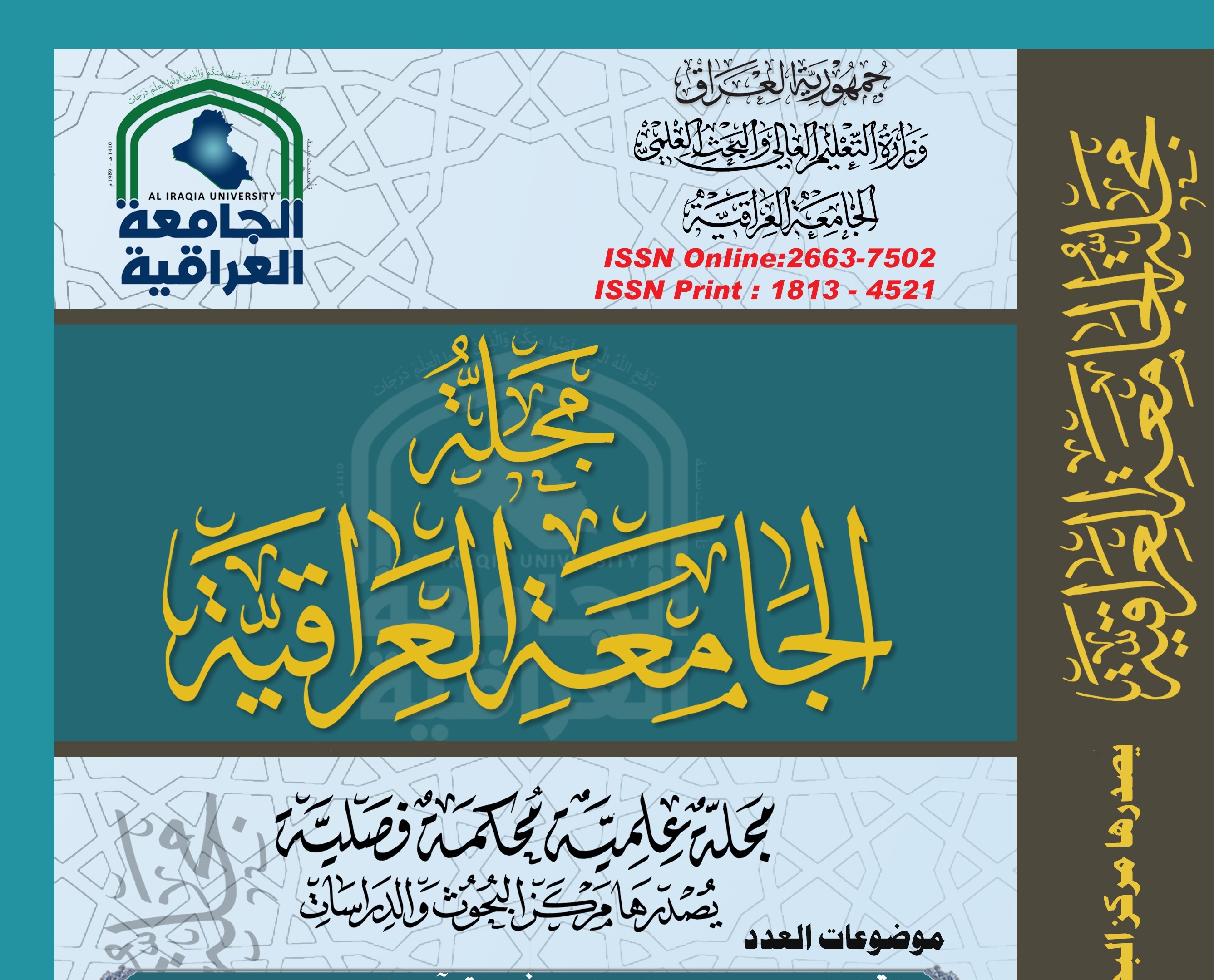Abstract
This study tackles the problem of investigating the factors that influence the use of markers of modality in English research articles from disciplines of medicine, linguistics, and literature. This is done by testing the validity of the hypothesis that \"factors such as the object of study, type of study, and research field influence the author’s use of such hedges. These markers are may, might, seem, suggest, assume, appear, indicate, perhaps, and must. Data analysis has also shown that each one of the three disciplines tends to favour the use of specific modal markers rather than others. Thus, seem, may, appear, and must are more frequent in literary texts; so are may, suggest, might, and seem in linguistic texts; suggest, may, and might in medical texts. In contrast, must, perhaps and assume are scarcely used in linguistic and medical texts. Likewise, assume and indicate are the least frequent markers in literary texts. It has also shown that May is the most frequent epistemic marker in the whole data, relatively favoured by all the three disciplines. The function of seeking possible explanations seems to be much more frequent in medicine. In literary and linguistic papers, the selected markers - often seem and appear - can be used to present cautious criticism of other researchers, schools, approaches, etc. In contrast, argumentative and polemical passages are very rare in medical papers. The results above allow concluding that the three disciplines use modality markers in order to present conclusions in a cautious manner, suggest possible explanations, put forward hypotheses, and signal limitations of the study. This latter function, however, is more frequent in medical papers. In linguistics papers, epistemic modality markers are often used in contexts of overt argumentation and often serve to mitigate criticism of other researchers so that it sounds more polite and less face-threatening. Markers are also used in literary and linguistic tests to express caution when interpreting other researchers’ work, a function which was not found in the medical articles. The use of modality markers in the three corpora can be taken to reflect quite specific differences among the disciplines in frequencies, the type of markers used, the cotexts in which they occur, and the roles they play in the articles. To a large extent, epistemic markers fulfil the same functions in all three disciplines. To achieve this end, it is hypothesized that factors such as the object of study, type of study, and research field influence the author’s use of such hedges. In the light of the results of the study, some recommendations are made for the improvement in studying and understanding that a topological study can be carried out cross-linguistically (e.g. English/Arabic) to see whether or not modal marking in this or that discipline converge or diverge.

